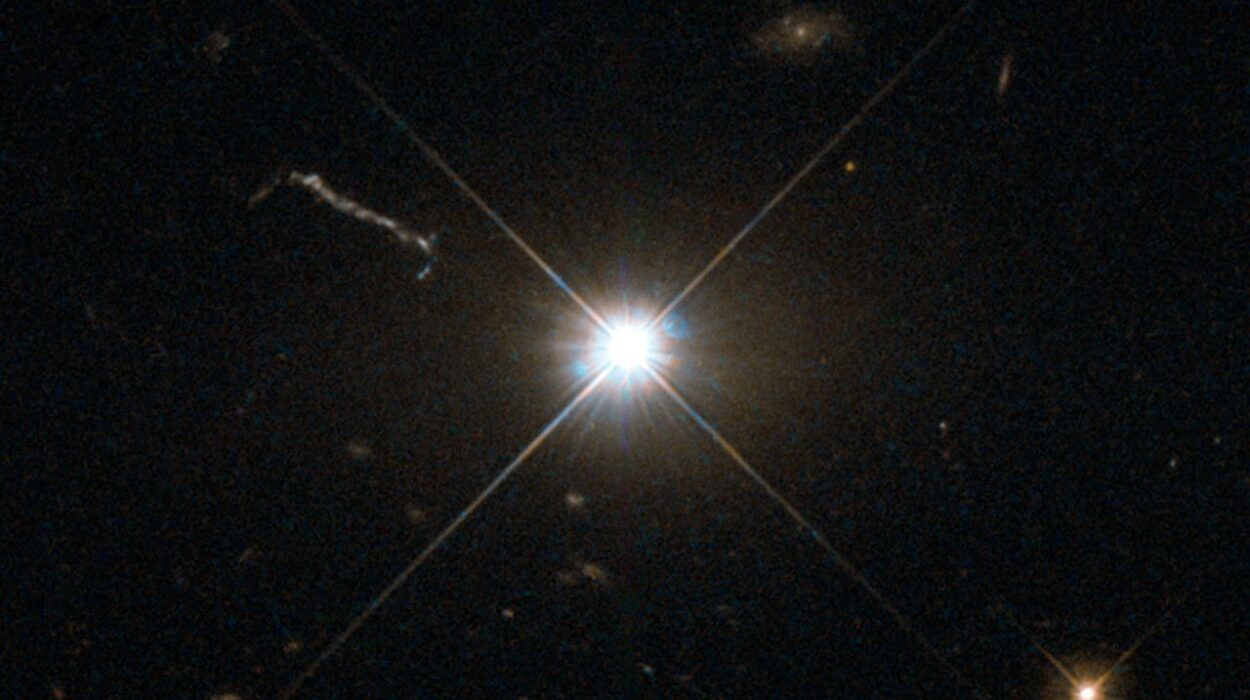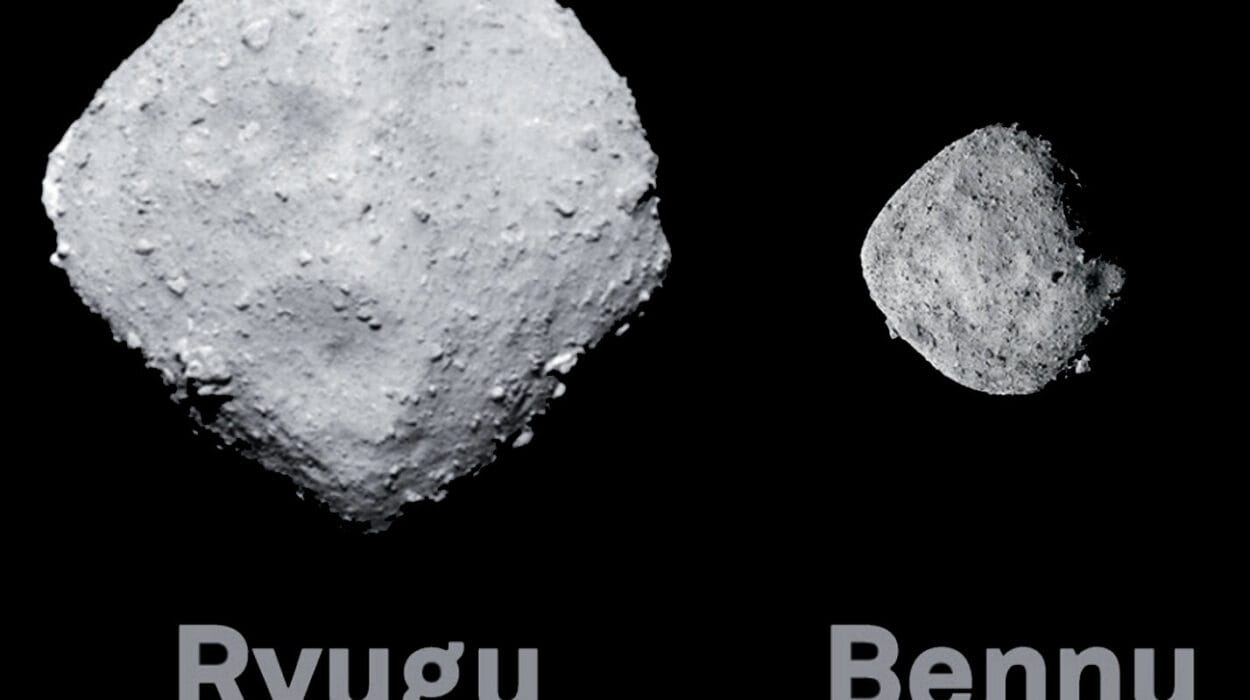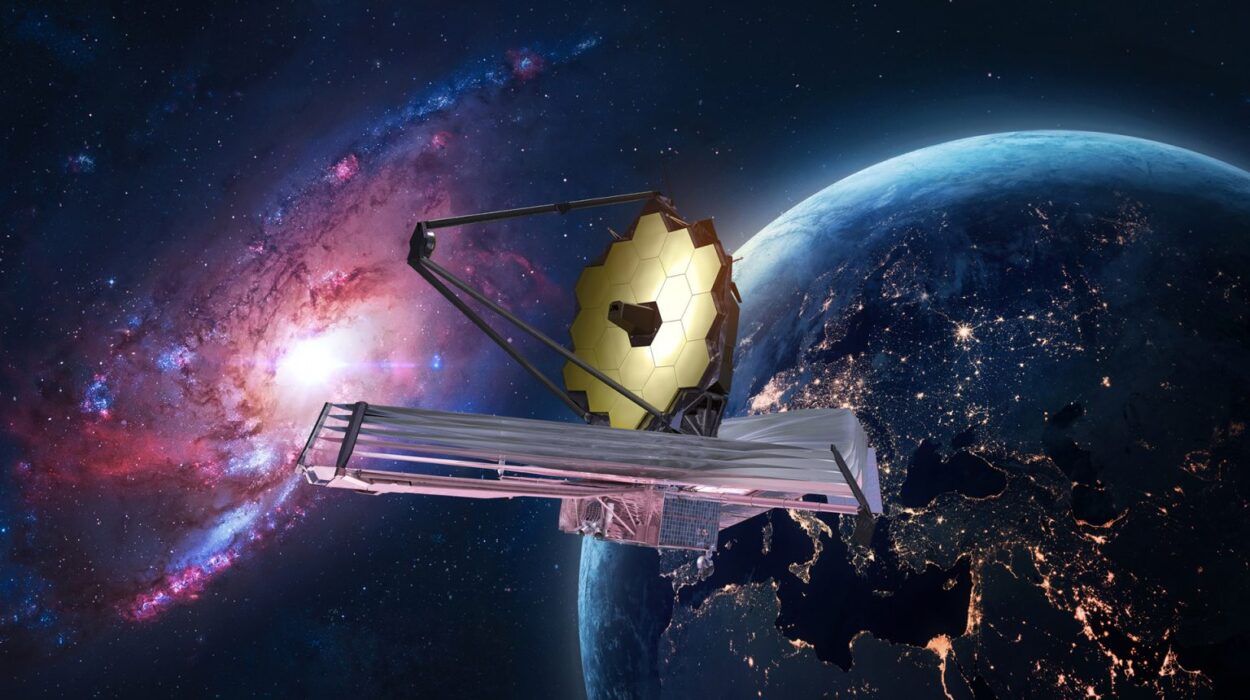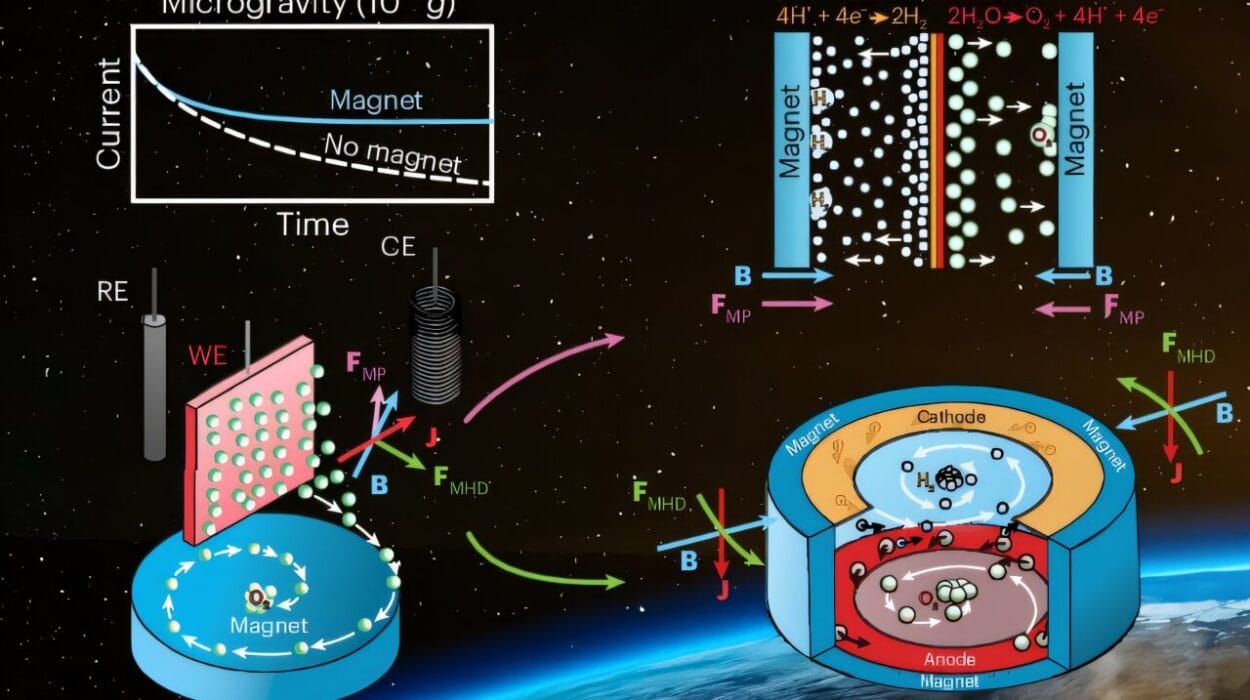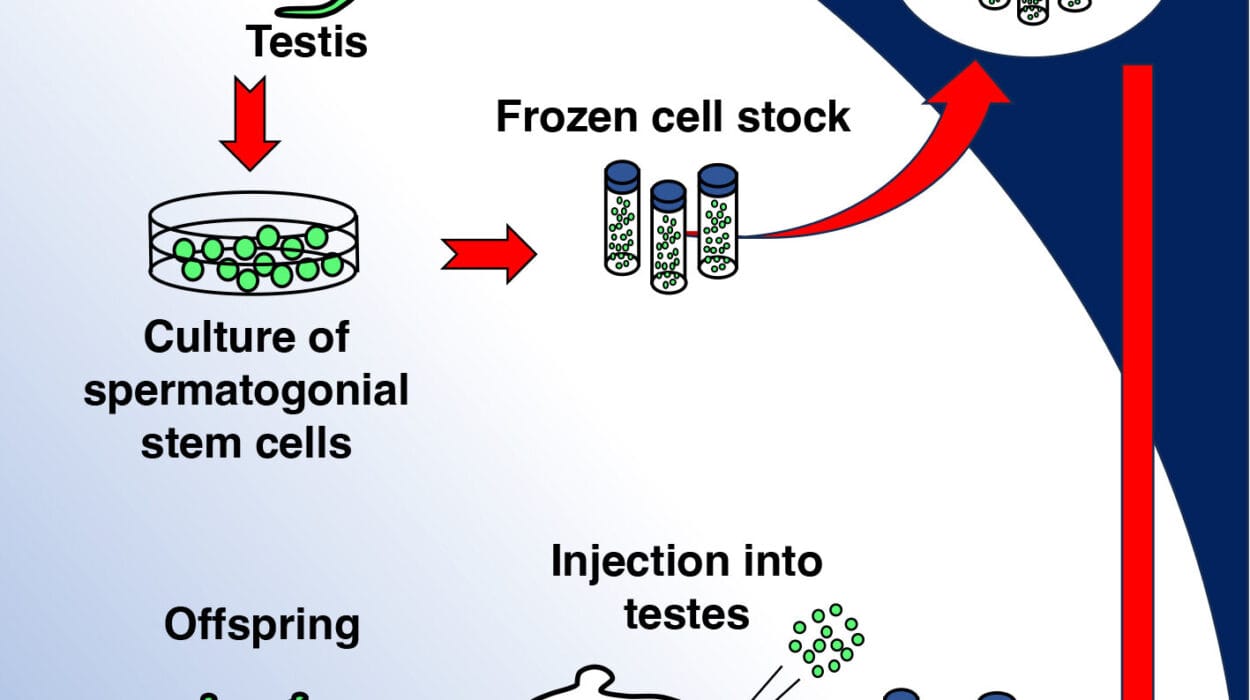Far out in the asteroid belt, between Mars and Jupiter, drifts a small world that once stirred the imaginations of astronomers: Ceres. At first glance, Ceres looks like just another rocky body in the solar system. But beneath its unassuming surface lies a story that is transforming how we think about the potential for life in unexpected places.
New NASA research has revealed that Ceres may once have possessed not just water and organic molecules, but also a long-lasting source of chemical energy—the kind of energy that microbes on Earth rely upon to survive. Although no evidence of life has been discovered, these findings suggest that Ceres may once have been a far more dynamic and habitable place than anyone suspected.
Dawn’s Revelations: A Hidden Ocean Beneath the Surface
NASA’s Dawn spacecraft, which orbited Ceres between 2015 and 2018, gave humanity its first close-up look at this dwarf planet. The images were startling: bright, reflective patches dotted the otherwise dark and dusty surface. Scientists eventually determined that these bright regions were deposits of salt left behind by briny water that had once seeped upward from the interior.
In 2020, scientists analyzing Dawn’s data went further. They concluded that these salty deposits were evidence of a massive underground reservoir of brine—a hidden ocean preserved beneath the icy crust. The discovery suggested that Ceres was not a dead, frozen rock, but a world that once harbored liquid water deep below its surface.
Even more intriguing, Dawn found organic molecules—carbon-based compounds—on Ceres’s surface. While organic matter alone does not prove the existence of life, it represents one of the fundamental ingredients from which life can be built. Together with liquid water, this finding painted Ceres as a place where at least the raw materials for biology once existed.
The Missing Ingredient: Energy for Life
For decades, astrobiologists have known that life requires three things: liquid water, essential chemical building blocks (like carbon compounds), and a source of energy. Water and carbon had already been confirmed on Ceres. But could this tiny world have also had an energy supply strong enough to sustain primitive organisms?
According to new research published in Science Advances, the answer may be yes. By building detailed thermal and chemical models of Ceres’s interior, scientists found that billions of years ago, the dwarf planet likely experienced a steady circulation of hot fluids rising from its rocky core into its subsurface ocean. These fluids carried dissolved gases such as carbon dioxide and methane—molecules that could have served as “food” for microorganisms, had they existed.
The source of this heat was the slow decay of radioactive elements buried deep within Ceres. This process, common in many planetary bodies, generated enough warmth to drive hydrothermal activity during Ceres’s early history.
Echoes of Earth: Hydrothermal Energy as a Cradle of Life
On Earth, hydrothermal systems play a vital role in sustaining life in extreme environments. At the bottom of Earth’s oceans, where sunlight cannot penetrate, hydrothermal vents release mineral-rich, superheated water. These vents support thriving ecosystems of bacteria, tube worms, and other organisms that rely entirely on chemical energy instead of sunlight.
Sam Courville, the study’s lead author, drew a striking parallel: “On Earth, when hot water from deep underground mixes with the ocean, the result is often a buffet for microbes—a feast of chemical energy.” If a similar process occurred on Ceres billions of years ago, it means this dwarf planet may have offered a comparable energy-rich environment for potential microbes.
When Ceres Was Most Hospitable
The models suggest that Ceres’s peak potential for habitability came between 2.5 and 4 billion years ago. During this time, the dwarf planet’s rocky core was hot enough to release fluids that enriched its underground briny ocean.
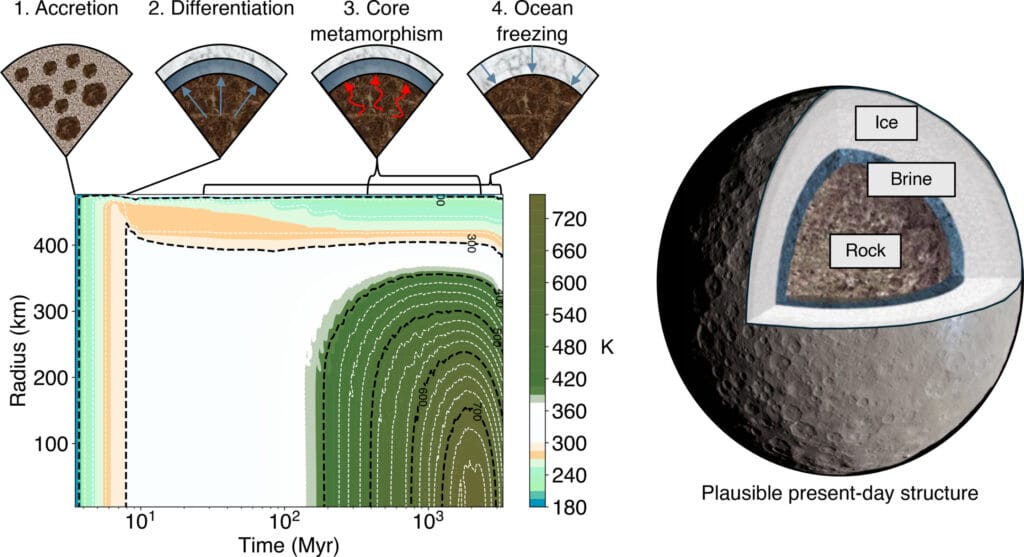
But Ceres has cooled considerably since then. Today, it is a much colder and more frozen world. Its remaining liquid water is likely confined to pockets of highly concentrated brine beneath the crust. Without sufficient heat from radioactive decay, Ceres no longer has the dynamic internal activity that once made it more hospitable.
Ceres vs. the Ocean Worlds
Ceres is not the only world in our solar system thought to have once—or still—harbored subsurface oceans. Jupiter’s moon Europa and Saturn’s moon Enceladus both have liquid water beneath their icy shells, kept warm by the gravitational tug of their giant host planets. These tidal forces generate ongoing internal heating, making them prime targets in the search for life.
Ceres, however, lacks such gravitational heating. Its energy came solely from radioactive decay, which means its window of potential habitability was temporary. Still, its story expands the range of environments scientists must consider when searching for life. It shows that even small, isolated worlds in the asteroid belt might once have been alive with chemical activity.
What This Means for the Search for Life
The new findings on Ceres carry profound implications for astrobiology. They suggest that life’s essential recipe—water, organic molecules, and energy—may have been far more widespread in the solar system’s past than previously imagined.
If tiny Ceres could maintain a subsurface ocean with chemical energy for billions of years, then other small, icy bodies may have done the same. This broadens the scope of worlds that scientists consider potentially habitable, from the great moons of the outer planets to the countless dwarf planets and icy asteroids scattered across the solar system.
A Silent World with a Lively Past
Today, Ceres is a quiet world, slowly orbiting the Sun in the vast emptiness between Mars and Jupiter. Its surface is scarred with craters, its bright salt deposits shining like cosmic scars of a once-active interior. No oceans ripple there now, and no microbes swim beneath its crust.
Yet the story told by NASA’s Dawn mission and the latest models suggests that long ago, Ceres may have been far less lonely. It may have hosted the chemical stages upon which life could have fed, if only briefly in the great span of cosmic time.
For humanity, these findings remind us of a humbling truth: life may not require an Earth-like planet to take root. Even in the quiet corners of our solar system, worlds we once dismissed as barren may have carried the sparks of habitability.
Ceres, the overlooked dwarf planet of the asteroid belt, now stands as a silent witness to that possibility.
More information: Samuel W. Courville et al, Core metamorphism controls the dynamic habitability of mid-sized ocean worlds—The case of Ceres, Science Advances (2025). DOI: 10.1126/sciadv.adt3283

